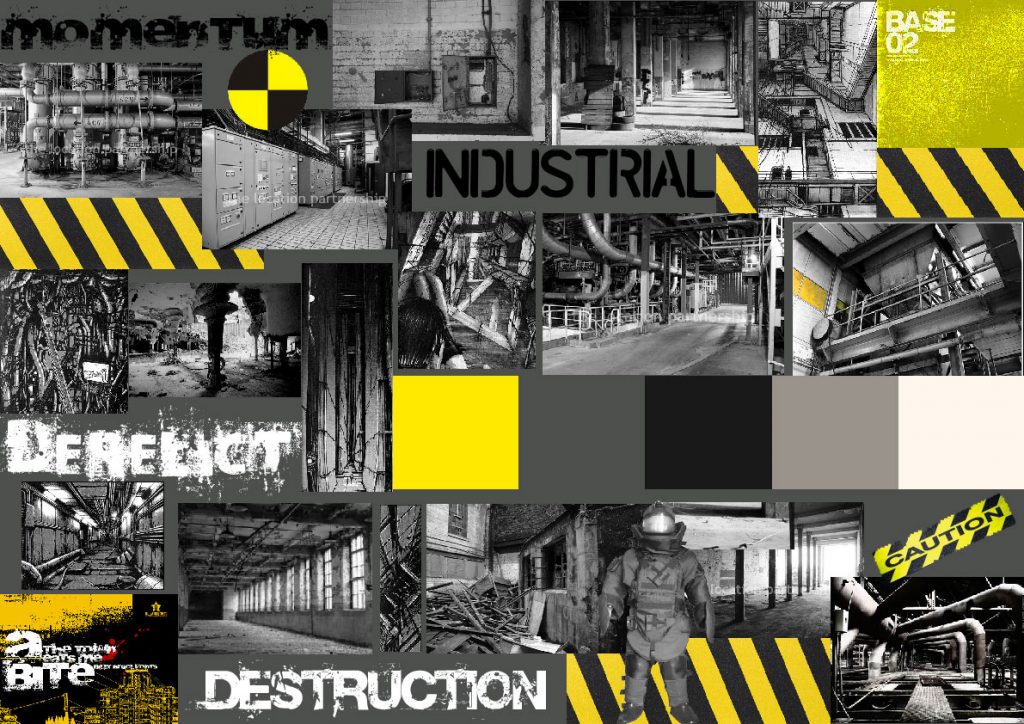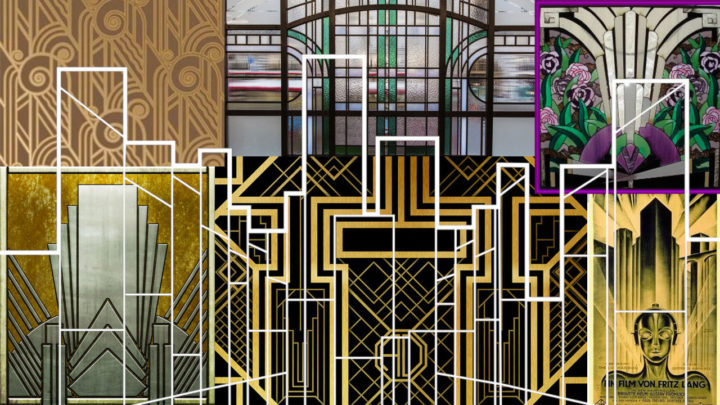We’ve been doing some work on the old folio recently – going through the back-catalogue, reminiscing about projects of yore and doing a bit of work on some of the company’s greatest hits. At the exact same time, we’ve also begun to work with a new industrial client on defining a very rich, strong and vibrant company culture for their brand.
Working on the current project and by stumbling upon past attempts has reminded me of some of the challenges involved when creating or defining a company’s culture. One of the main hurdles is ‘getting buy-in’ from everybody in the company. You see the brands with the strongest, most effective and successful cultures are the ones that have as many people bought-in as possible – this includes commercial people, technical people, financial people, other leaders, etc…
Successful and culturally strong companies will use their values, a vision or mission to inform every decision they make such as who to hire, how to manage resources or even manage crisis. So to help those who are thinking about giving this a go, we thought we’d put together a quick guide to help you get buy-in from other directors, board members, staff or stakeholders when creating that cultural framework for your brand. Enjoy!
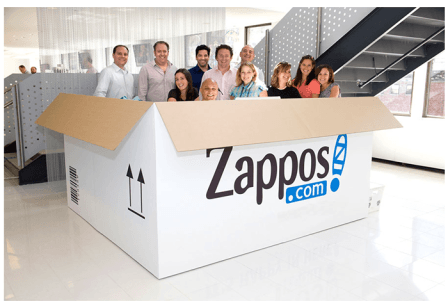
1. Involve everybody
The most powerful cultures are created when everybody’s had a say in shaping it. So if you can… ask the team about the company vision, get everybody’s thoughts on the values and find out what makes your company special compared to all the others? There are different levels of practicalities with this and some stakeholders will be more involved than others. For example, for those owners who want to keep a tight grip on things – determine the values yourself but give everybody in the team a say in how they enact those values each day for a more effective outcome.
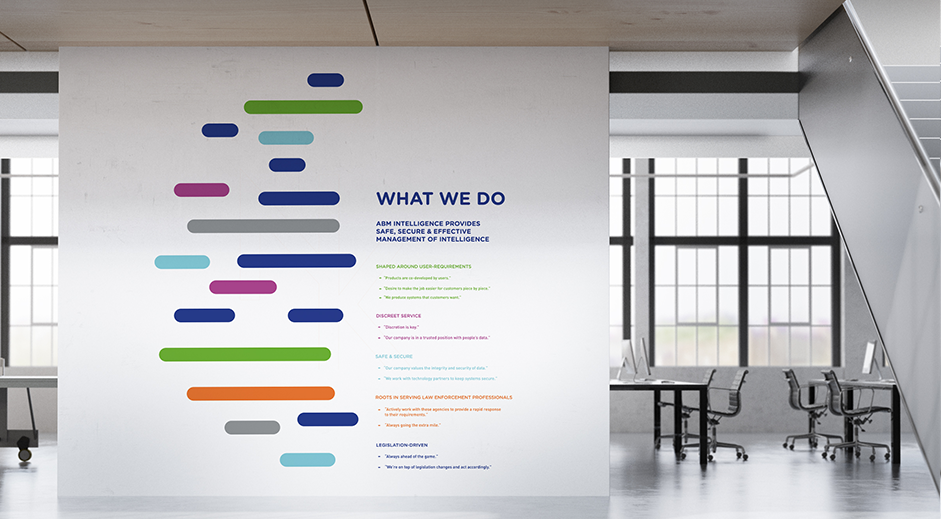
2. Use language that people can relate too
Vision, mission statement and values may not be words to everybody’s liking. In the past we’ve used phrases like – Who We Are, What We Do and Where We Are Going. We’ve used the word ‘Beliefs’ instead of ‘values,’ we’ve used expressions like ‘Reason to Believe,’ ‘Purpose Beyond Profit’ or even ‘Our Cause’ instead of ‘Mission Statement.’ At the end of the day, getting people to buy-in is more important than using a particular set of words, so have some fun and use whatever words you are most comfortable with.
3. Go beyond the obvious
Integrity, trust, honesty are regularly brought out as values by corporate organisations, these, alongside behaviours like ‘moulded around our customer’s needs.’ There is nothing wrong with any of them at all, however they are likely to be seen as the minimum people would expect from an organisation rather than the hallmarks of a great company.
Better to think a bit more deeply about this one – for example, go past integrity or honesty and talk about your transparency which is a bit more distinctive. However, if you must have ordinary values, then compliment them with extraordinary examples of behaviour which emphasise your commitment to that value.
For example…
Trust
‘We are the only company in the Wealth Management Sector which discloses all possible fees over a three-year period to our clients so they understand the maximum investment – before an initial meeting.’
Or…
Integrity
‘We will always help you find the most cost-effective solution for your requirements – even if it means suggesting products from a competitor.’
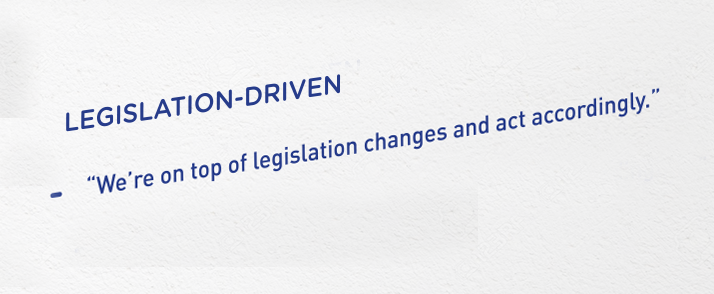
4. Use practical examples
Practical examples are absolutely brilliant at getting buy-in from potential sceptics. A few years ago, we worked with a ‘systems and software intelligence provider’ and and once we began to talk to developers about some of the more practical parts of what they do day-in, we started to get real buy-in for the values.
In this case…
‘Updates are made to our software, in advance of forthcoming legislation changes.’ helping form a company value of creating ‘Legislation Driven’ solutions.
This was something the entire team, particularly the technical people, were very proud off and a powerful customer-facing message too.
This nod to more practical concerns undoubtedly helped to get buy-in from the entire team for other values too.
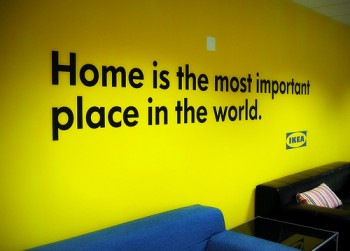
5. Make something which can be customer-facing
Using the previous words as an example, it is always easier to get buy-in from the more commercial people in your company if you are able to craft something which is customer facing. Everybody who has the commercial success of their company at-heart always prefer some words that they can also present to potential customers – whether it’s on a pitch document, the website or somewhere else.
This also includes the creation of designing something presentable that can represent the values – anything from a one-page document that people can keep at their desks to something more imaginative like a cool vinyl wall-display or even a lanyard for people to wear so they can see the values they‘ve potentially helped to shape while they are working
6. Be creative
Again, in addition to the previous words, you can have sooo much fun doing creative things with your values – play with the words, combine different parts of the exercise, introduce graphics, etc…
I’ve included a few cracking examples below.

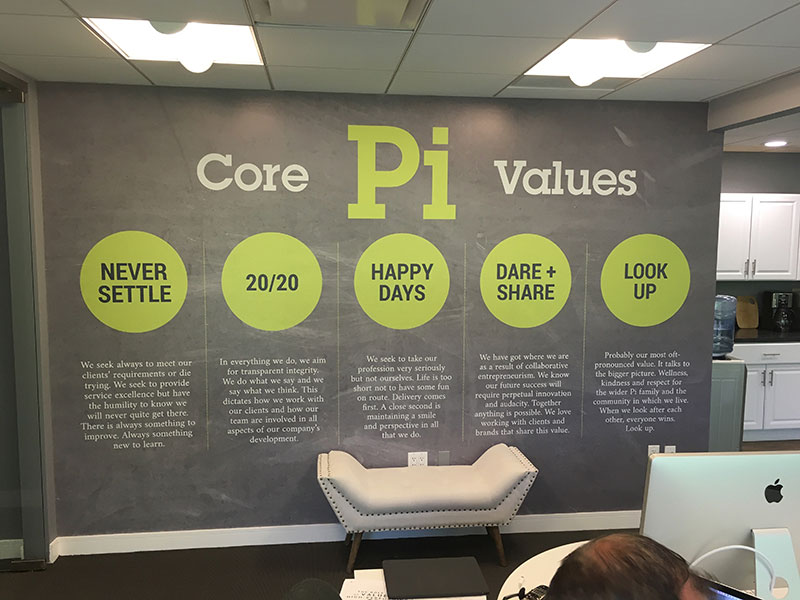
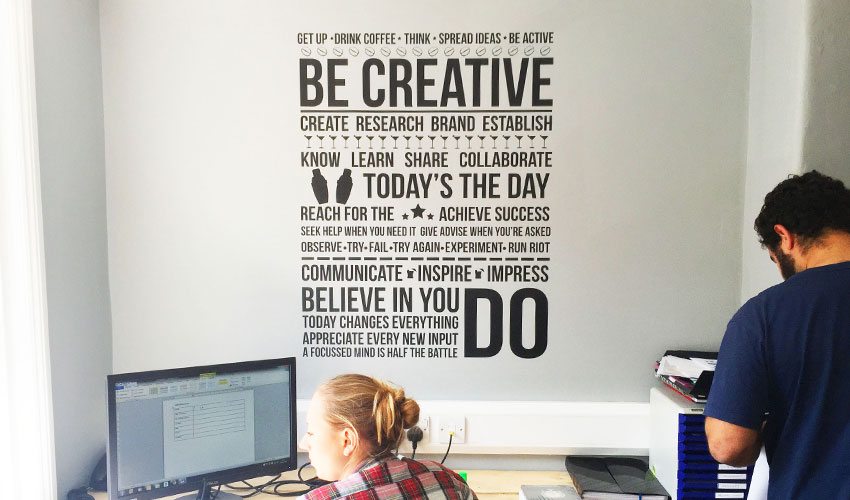
You can’t beat a creative wall mural which creatively shouts out what the company is about.
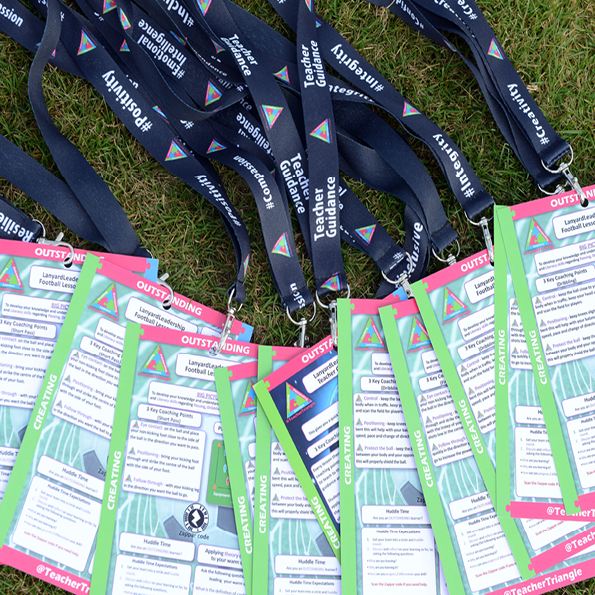
Team lanyards with the company values are excellent for fostering team spirit, creating a deeper understanding and are cool to wear too.
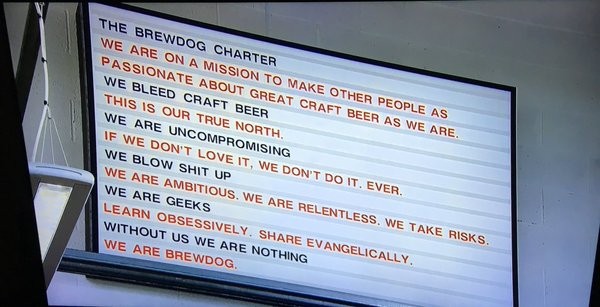
The Brewdog Mission is unsurprisingly as compelling, authentic and uncompromising as you would expect. Genius!
That’s all for now, have fun putting those values together and don’t forget to get buy-in from as many people as you can. As always, if you need some help, give us a shout…
Benedetto
Benedetto is a Creative Entrepreneur. He is on a mission to create a more exciting future for people using the power of bold and beautifully developed ideas. He is the founder of the loft, a design and branding house which operates worldwide helping companies bring their brands to life in the most imaginative and effective ways possible. He likes to make things happen fast and in a big way.



